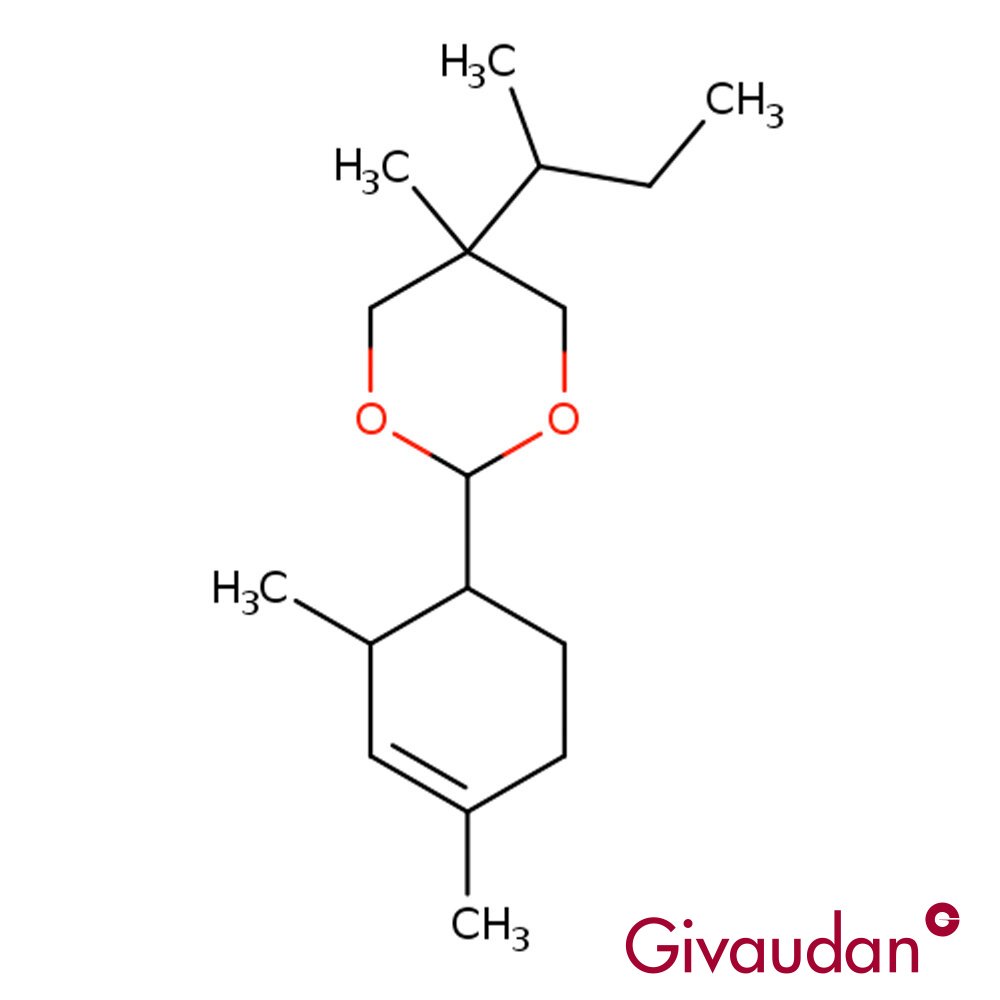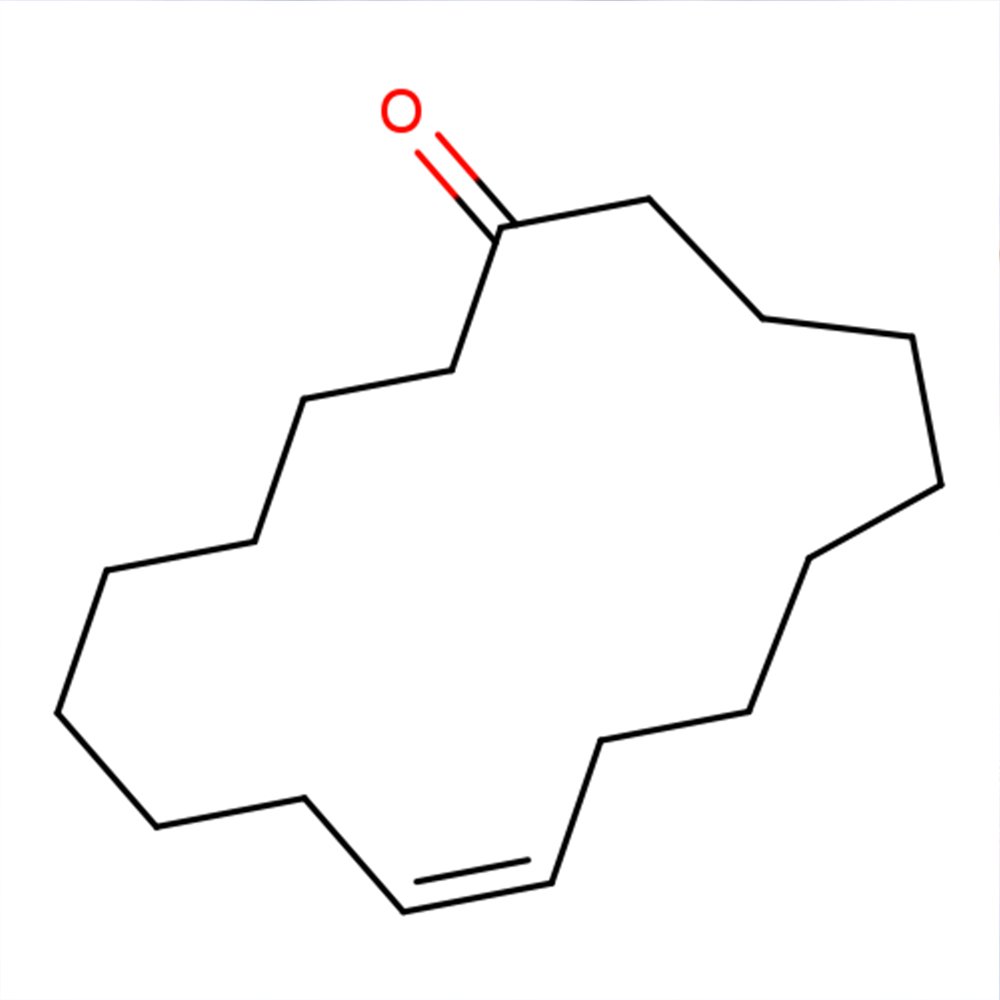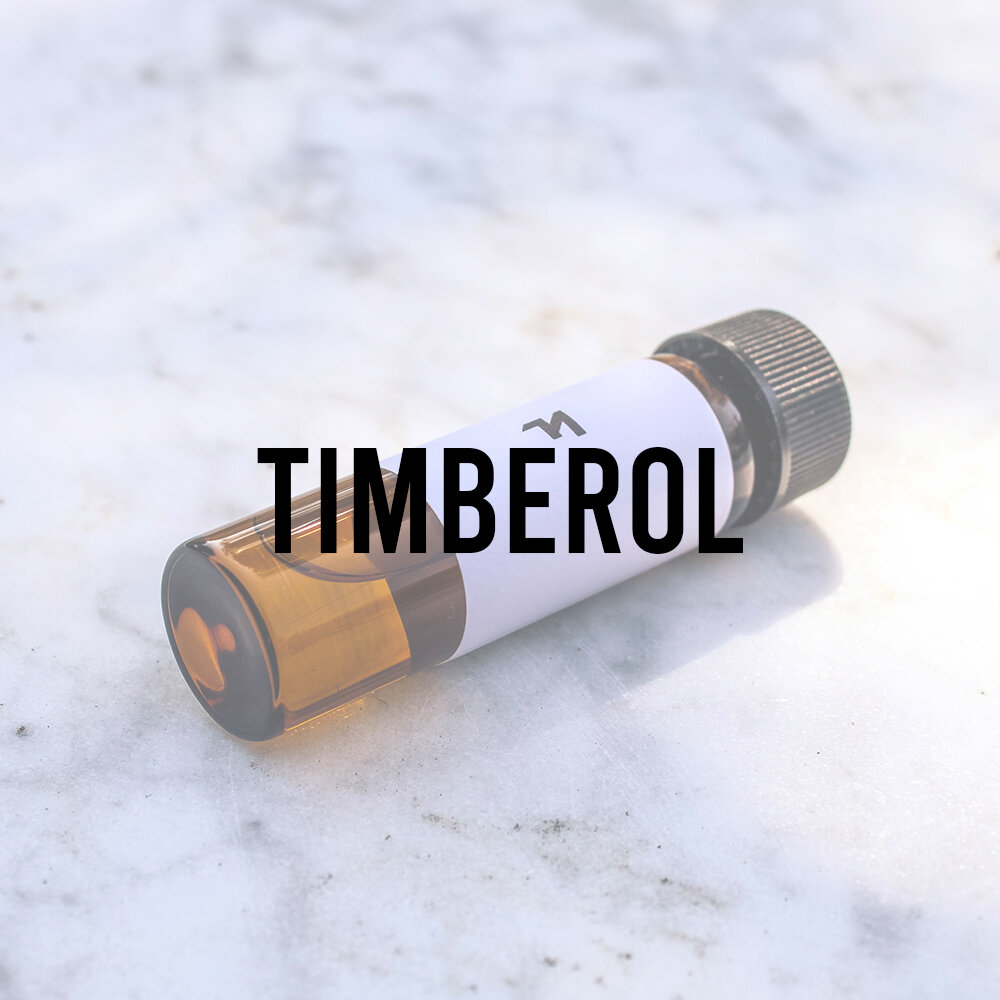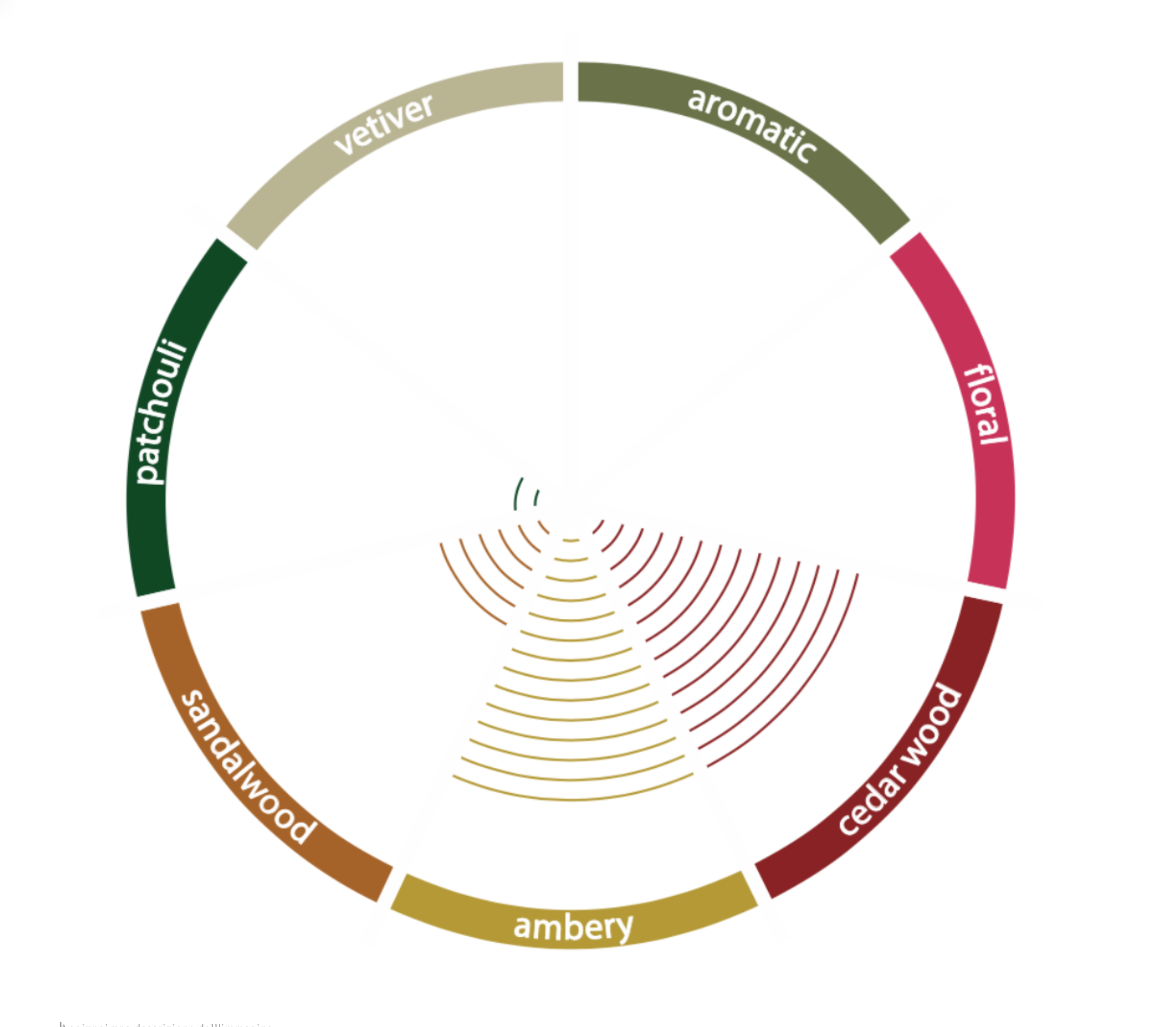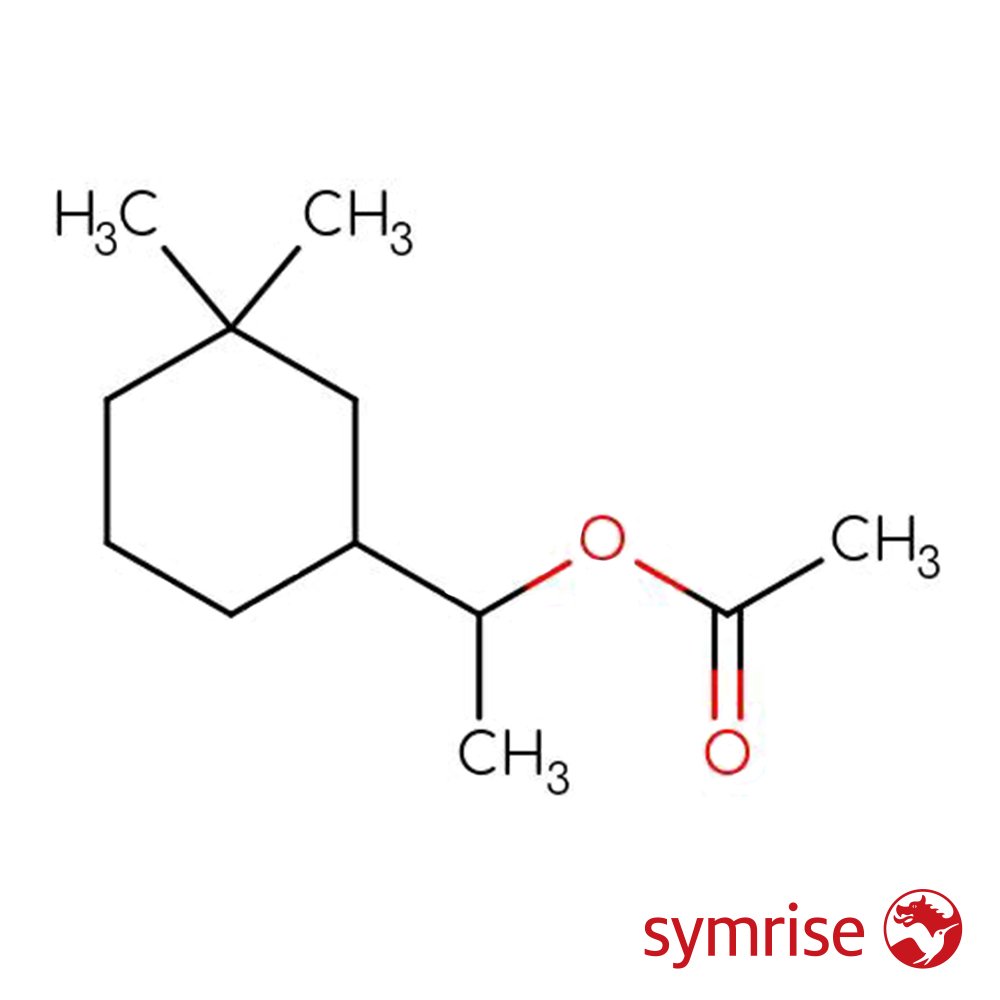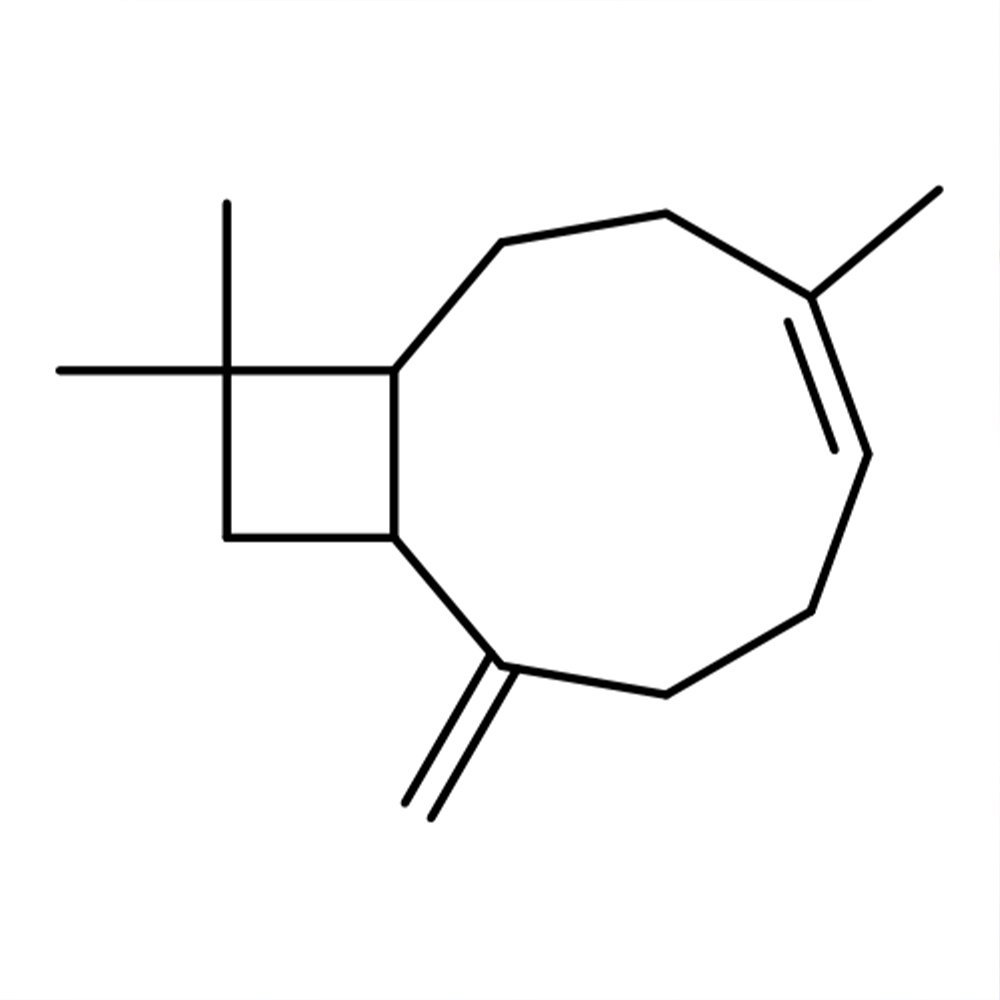Karanal
Premium Synthetic Ingredient for Perfumery
Karanal (CAS 117933-89-8]) is a high-impact dry amber odorant of synthetic origin. Its vibrant woody-ambery character features long-lasting tenacity and powerful diffusion. Developed for fine fragrances, detergents, and personal care, it performs as a key backbone in ambery and woody bases. Karanal is especially valued in hair and fabric care for its fiber-substantivity.
Premium Synthetic Ingredient for Perfumery
Karanal (CAS 117933-89-8]) is a high-impact dry amber odorant of synthetic origin. Its vibrant woody-ambery character features long-lasting tenacity and powerful diffusion. Developed for fine fragrances, detergents, and personal care, it performs as a key backbone in ambery and woody bases. Karanal is especially valued in hair and fabric care for its fiber-substantivity.
Premium Synthetic Ingredient for Perfumery
Karanal (CAS 117933-89-8]) is a high-impact dry amber odorant of synthetic origin. Its vibrant woody-ambery character features long-lasting tenacity and powerful diffusion. Developed for fine fragrances, detergents, and personal care, it performs as a key backbone in ambery and woody bases. Karanal is especially valued in hair and fabric care for its fiber-substantivity.
Synthetic Ingredient Overview
🏭 Manufacturer: Givaudan
🔎 Chemical Name: 2-(2,4-Dimethyl-3-cyclohexen-1-yl)-5-methyl-5-(1-methylpropyl)-1,3-dioxane
🧪 Synonyms: Karanal
🧬 Chemical Formula: C₁₇H₃₀O₂
📂 CAS N°: 117933-89-8
📘 FEMA: Not applicable
⚖️ MW: 266 g/mol
📝 Odor Type: Dry Amber
📈 Odor Strength: Very High (Trace to 2% use level)
👃🏼 Odor Profile: Radiant, woody-ambery with dry warmth and fruity top nuances (e.g., watermelon)
⚗️ Uses: Core note in ambery bases, used in perfumery, haircare, detergents, and fabric conditioners
🧴 Appearance: Colorless liquid
What is Karanal?
Karanal is a powerful polycyclic acetal belonging to the family of synthetic amber notes. Developed in 1987 by Karen J. Rossiter at Quest International (acquired by Givaudan in 2005), Karanal’s structure is the result of acetalization of 2,4-dimethyl-3-cyclohexene carboxaldehyde with a branched diol. Its IUPAC name reflects this complexity: 2-(2,4-dimethyl-3-cyclohexen-1-yl)-5-methyl-5-(1-methylpropyl)-1,3-dioxane.
Karanal was engineered for maximum tenacity and bloom performance, particularly in high-alkaline and surfactant-rich environments such as soaps and cleaners. It became essential in the construction of dry woody-amber accords, with minimal sweetness compared to other amber ketones.
Olfactory Profile & Perfumery Applications
Karanal exhibits a dry, radiant amber character with considerable tenacity—lasting several months on blotter. Despite its synthetic nature, it can evoke a perceived naturalness in woody bases. It synergizes well with:
Iso E Super®, Ambermax®, Vertofix Coeur
Cedarwood molecules, lactones, and fruity top notes
Bourgeonal, Methyl Cedryl Ketone, and musks
It is particularly suitable for:
Woody-Ambry Fine Fragrances
Soaps and Powder Detergents (10–10.5 pH stability)
Shampoos and Fabric Conditioners
Long-lasting masculine compositions
Concentration guidelines: Recommended usage between traces and 2%, depending on formulation type.
Functional & Industrial Performance
According to internal Givaudan documentation, Karanal offers:
Good burning performance in incense and candles
Excellent substantivity on dry and damp fabric
Good bloom effect in soaps and fabric conditioners
Robust pH stability from acidic (pH 2) to alkaline (pH 11), with mild odor degradation only in bleach
Stability Ratings:
Acid Cleaner (pH 2): Good
Shampoo (pH 6): Good
APC Cleaner (pH 9): Good
Soap (pH 10): Good
Liquid Bleach (pH 11): Moderate
Regulatory & Safety Overview
IFRA Compliance: Subject to usage level restrictions in accordance with the IFRA 51st Amendment for sensitizing potential.
ECHA Registration: Fully registered. Substance Infocard and REACH dossier available.
Sensitization/Toxicity: Not classified as CMR, but stability and volatility suggest caution in formulations where iron ions or photo-degradation could occur.
Substitution Monitoring: As of 2023, included in fragrance house discussions regarding sustainability and future regulatory reevaluation.
Market Withdrawal & Substitution Note
As discussed in our feature article Goodbye Karanal, Givaudan has confirmed progressive phasing out of Karanal from internal use due to evolving regulatory, environmental, and olfactory trends. Though not currently banned, formulators are encouraged to seek substitutes such as Ambermax, Norlimbanol, or Sylvamber, especially for new global launches in high pH formulations or leave-on products.
Important: Existing formulations containing Karanal may remain compliant if concentration and product type respect current IFRA standards. Transitioning to more biodegradable analogues is encouraged.
Additional Information
Vapor Pressure: 0.0009 hPa at 25 °C → Low volatility, excellent diffusion
LogP (Pow): 5.2 → Lipophilic, adheres well to surfaces/fibers
Flavor Use: Not permitted; non-GRAS, no FEMA usage
Notable Creator: Karen J. Rossiter (b. 1964, Ashford, Kent), a key figure in 1980s perfumery chemistry.
Sources
Givaudan TDS – Karanal
ECHA Substance Infocard: 117933-89-8
Ullmann's Encyclopedia of Industrial Chemistry
Kurt Bauer, Common Fragrance and Flavor Materials
Scentspiracy Archives: Goodbye Karanal (2023)
Triller et al., Chemistry & Biodiversity (2008)
Fulvio Ciccolo, Ingredient Notes, 2022
